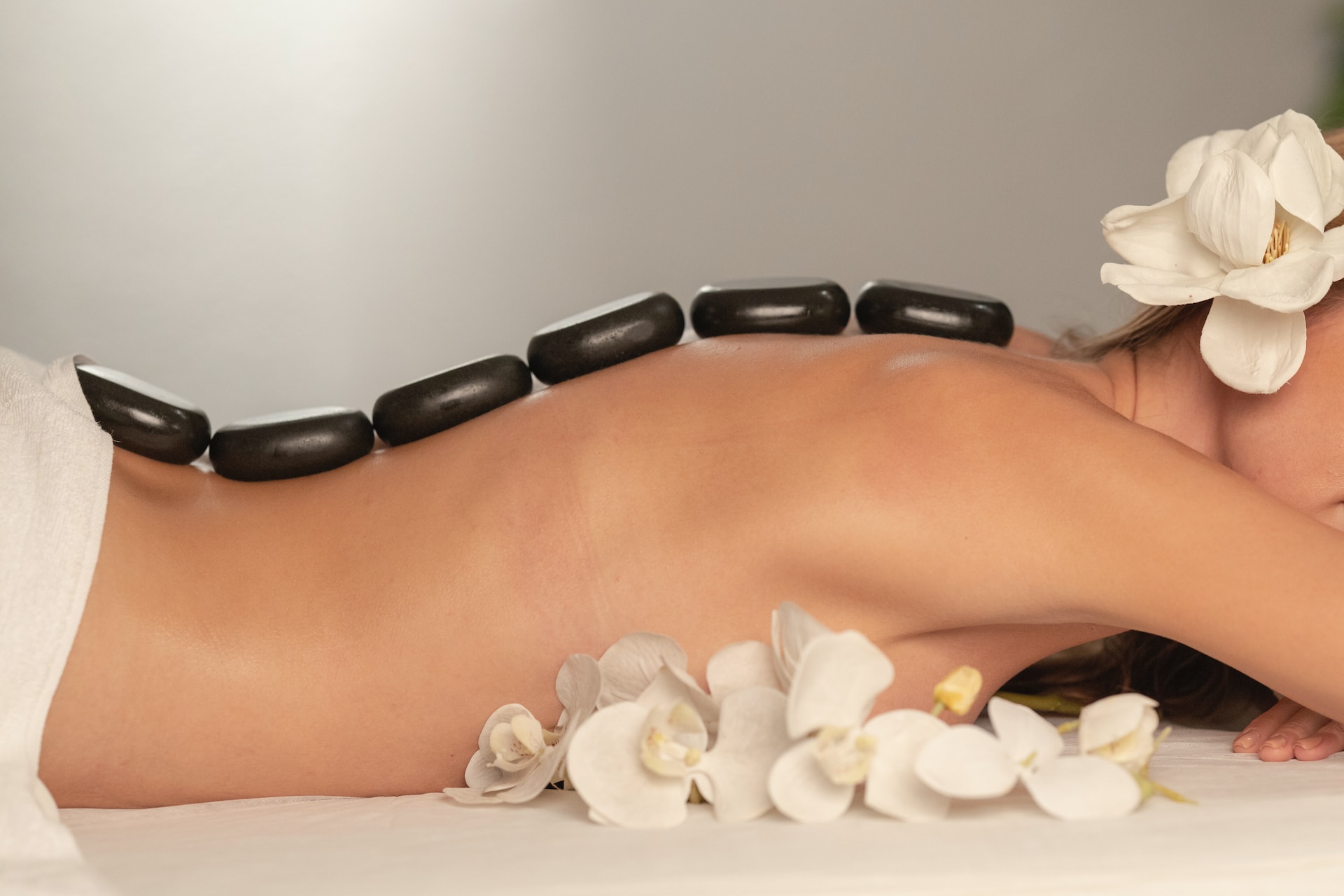
Introduction to Reflexology Reflexology is an old healing method that has actually been utilized for countless years to promote leisure, enhance blood circulation, and support the body’s natural recovery processes. This all natural therapy is based on the principle that particular factors on the feet, hands, and ears represent various body organs and systems within the body. By using stress to these reflex points, professionals aim to promote the body’s own recovery systems and recover equilibrium.
The History and Origins of Reflexology The beginnings of reflexology can be traced back to ancient worlds, consisting of Egypt, China, and India. Proof of foot and hand therapy has been discovered in ancient Egyptian tombs, dating as much back as 2330 BC. In traditional Chinese medicine, the idea of “qi” or life pressure energy streaming with meridians in the body shares resemblances with reflexology concepts. The modern-day method of reflexology as we know it today was created in the early 20th century by Dr. William Fitzgerald and later fine-tuned by Eunice Ingham, often described as the “mother of reflexology.”
How Reflexology Works Reflexology is based on the theory that the ears, hands, and feet are mini-maps of the whole body. Each area is thought to match to a specific organ, gland, or body component. By applying stress to these response factors, reflexologists intend to:
Improve blood circulation Promote leisure and stress and anxiety alleviation Stimulate nerve feature Boost the body immune system Encourage the body’s natural healing processes Foot Diagram Head/Brain Digestive System Spine Benefits of Reflexology While much more research study is needed to totally recognize the results of reflexology, many individuals report experiencing numerous advantages from routine sessions, including:
Minimized anxiety and stress and anxiety Improved rest high quality Relief from headaches and migraines Alleviation of digestive system concerns Enhanced mood and emotional health Increased energy degrees Improved blood circulation What to Expect During a Reflexology Session A typical reflexology session lasts in between 30 to 60 mins. Throughout the therapy, you’ll typically be seated or relaxing comfortably. The reflexologist will start by assessing your feet and afterwards use their hands to use pressure to certain reflex points. The pressure used can vary from gentle to company, depending on your choices and demands. Some locations may feel much more sensitive than others, which can indicate inequalities in corresponding body parts.
秋葉原 provides an all-natural, non-invasive strategy to advertising total wellness and addressing numerous health issues. While it needs to not be considered an alternative to clinical therapy, lots of people find reflexology to be a useful corresponding therapy that supports their wellness and wellness objectives. Just like any kind of alternative treatment, it’s vital to seek advice from a healthcare expert prior to starting reflexology, specifically if you have any underlying wellness problems or worries.
